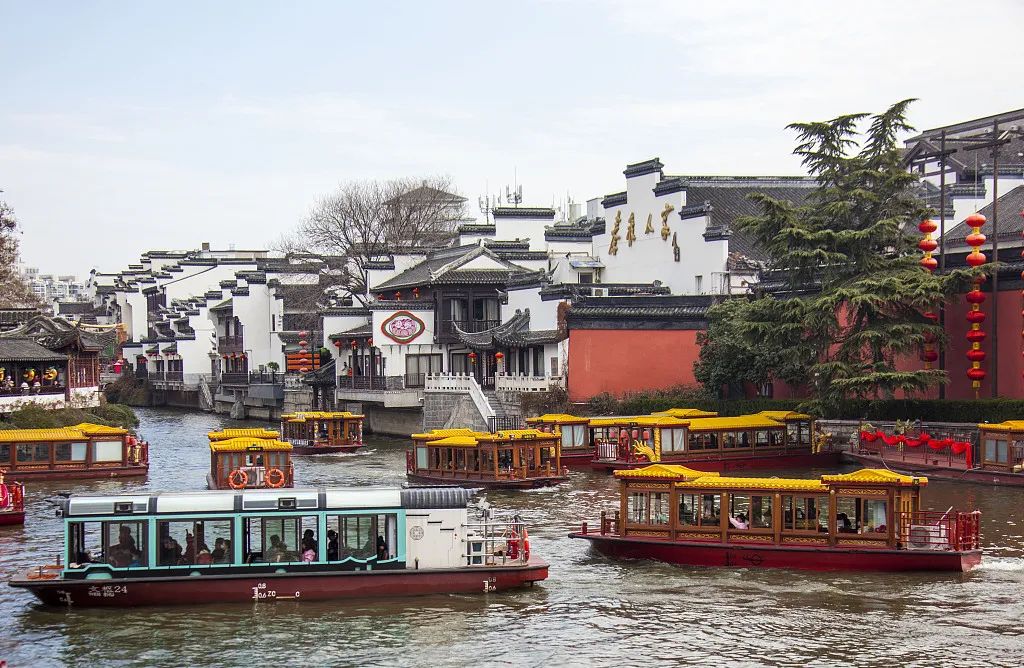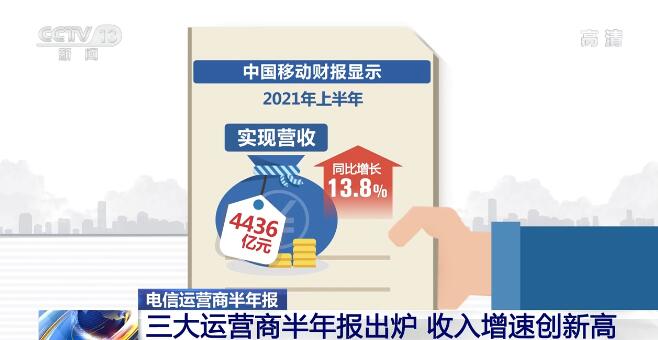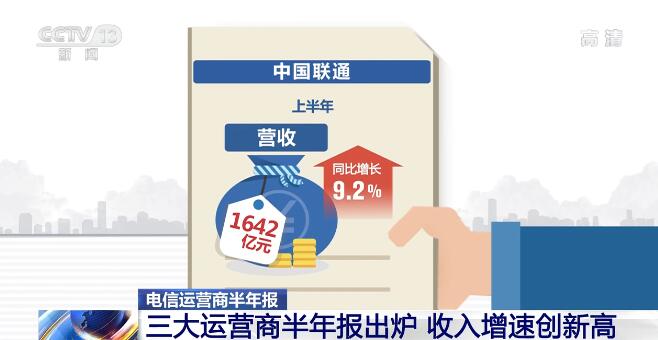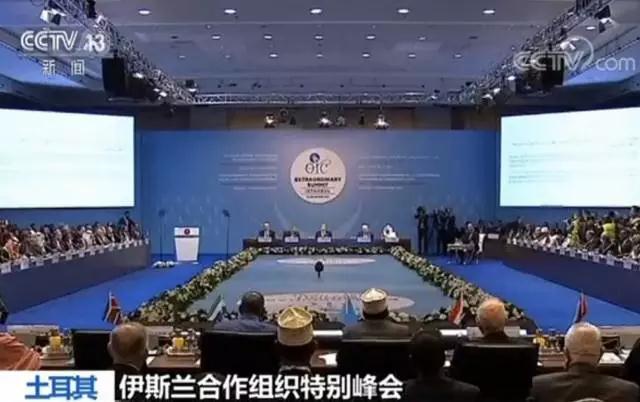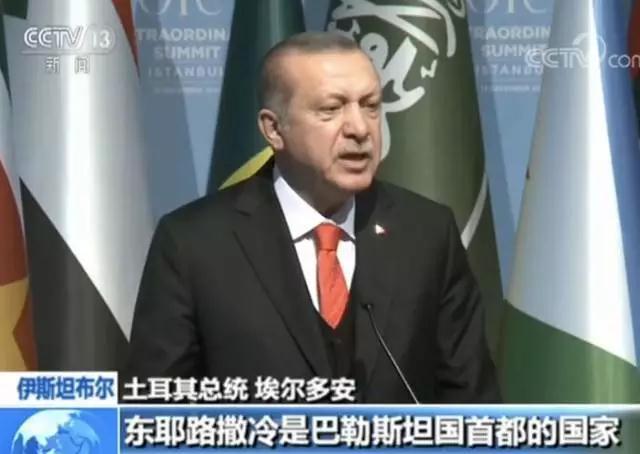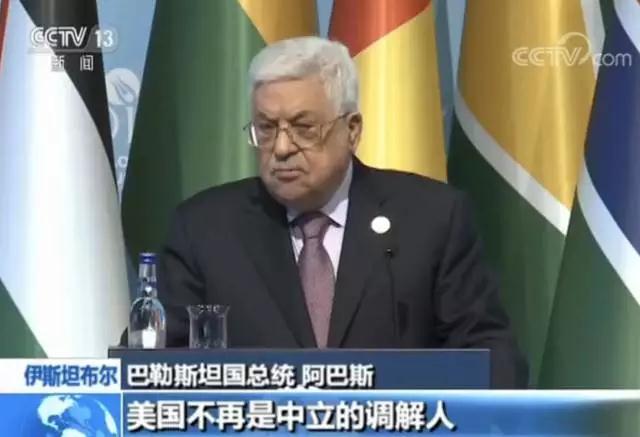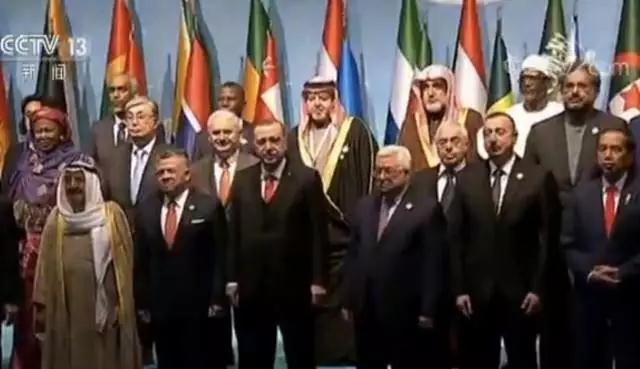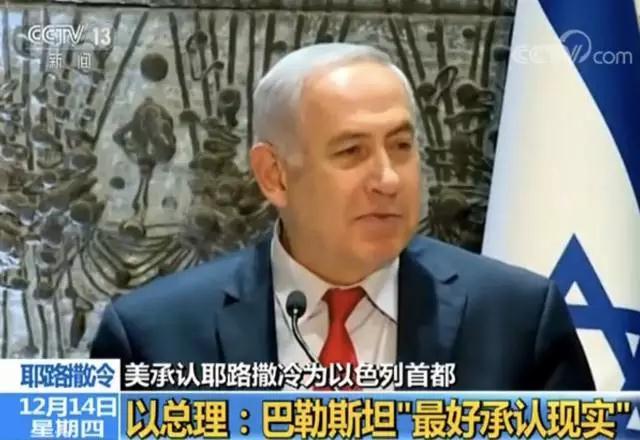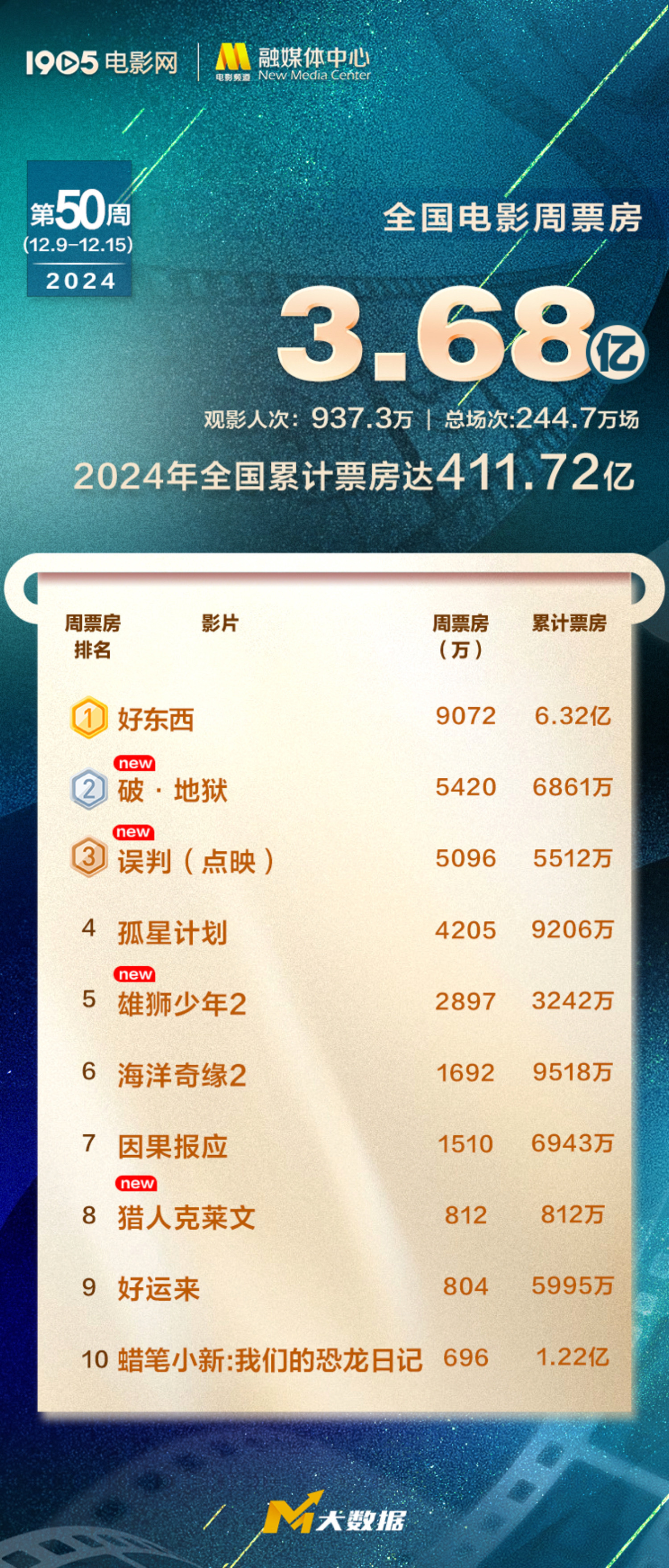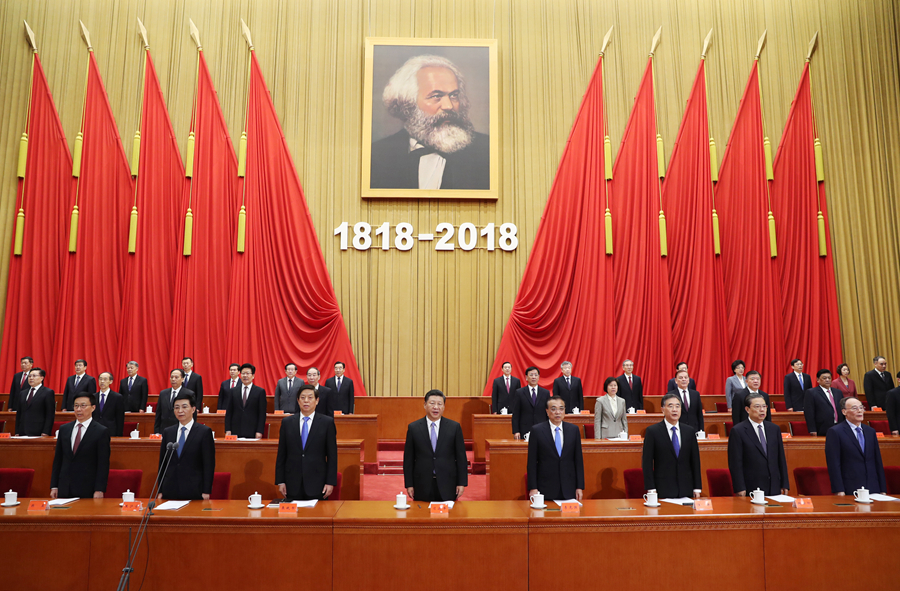Samsung announced the self-developed Gaussian model, betting on the AI map to break the game! The big model accelerates into the mobile phone!
At the Samsung Artificial Intelligence Forum 2023, Samsung officially announced its self-developed generative artificial intelligence model "Samsung Gauss". According to the official, Samsung will introduce the Galaxy AI into its flagship Galaxy mobile phone, and will soon launch the AI Live Translate Call function, which can provide users with personal translation services. The Samsung Galaxy S24 series is expected to welcome this AI function.
Under the wave of big models, mobile phone manufacturers all over the world are accelerating the layout and introducing artificial intelligence big models into mobile phones. Some market analysts believe that with the release of the Gauss model, Samsung is expected to become one of the first mobile phone manufacturers in the world to introduce the big model into its equipment.
Samsung Galaxy S24 is expected to be equipped with AI function.
Developed by Samsung Research Institute, Gauss Model consists of three parts: Samsung Gauss Language (Gauss Language), Samsung Gauss Code (Gauss Code) and Samsung Gauss Image (Gauss Image), which are applied to AI chat, AI code, AI pictures and other fields respectively. It was named "Gauss" to pay tribute to the famous mathematician C.F.Gauss. Gauss founded the theory of normal distribution, which is the theoretical support of machine learning and artificial intelligence.
It is understood that Gaussian language, as a language model, can simplify the tasks of writing emails, summarizing documents and translating content to improve work efficiency; Gaussian code is optimized for internal software development based on its running programming assistant (code.i), which enables developers to write code easily and quickly, and supports functions such as code description and test case generation. As a generated image model, Gaussian image can generate and edit creative images, which not only supports changing styles and styles, but also can convert low-resolution images into high-resolution.
Samsung highlighted the function of "Al Live Translate Call" and revealed that the latest Galaxy AI mobile phone will soon launch this function to provide users with personal translation services. This function has been integrated into the call function of the mobile phone, which can display the audio and text translation results in real time, and all the translation processes are carried out locally, so users don’t have to worry about privacy leakage. According to the official, Galaxy AI will release the next generation early next year, which is consistent with the regular release time of Galaxy S series flagship mobile phones. Therefore, the Samsung Galaxy S24 series is expected to usher in the "Al Live Translate Call" function at the earliest.
The semiconductor business is under pressure, betting on AI to break the game.
For Samsung, this year’s life is not too good. Not long ago, Samsung Electronics disclosed its third-quarter financial report. In the third quarter of this year, Samsung’s operating income was 67.40 trillion won (about 365.3 billion yuan), down 12.21% year-on-year; Operating profit was 2.43 trillion won (about RMB 13.2 billion), down 77.60% year-on-year.
The decline in profits was mainly dragged down by the semiconductor business. According to foreign media reports, Samsung Electronics lost 3.75 trillion won in the semiconductor sector in the third quarter of this year, while in the previous two quarters, Samsung’s semiconductor sector had lost 8.94 trillion won. Together with the loss in the third quarter, it has been a huge loss in less than one year. More than 10 trillion won.
Semiconductors used to be Samsung’s most profitable business. In 2017, with the strength of occupying 45% of the global memory market, Samsung won the throne of the world’s first semiconductor company, and became the most important memory chip manufacturer in the world with its far-ahead DRAM (memory stick) and NAND (flash memory) business. This year, the global demand for consumer electronics terminals is sluggish, the storage market is weak, the supply of memory chips is excessive, and the prices of memory chips such as DRAM and NAND are constantly dropping, which also drags down Samsung’s performance.
In sharp contrast to the semiconductor business, the sales of new Samsung smartphones and high-end display products have increased. In the third quarter earnings conference call, Samsung said it would implant AI technology into mobile terminals to bring consumers a new experience. Yong-In Park, president of Samsung Electronics and head of system LSI business, has also publicly stated that generative AI has become the most important trend this year, requiring more powerful basic technologies to process data and turn AI into reality.
In June this year, Samsung began to fully develop the AI language model for internal use, and put a lot of GPU computing resources into large model training. It is planned to complete the development of the first version of the large language model within two months. Some insiders who are familiar with the mobile phone market analyzed to reporters that Samsung has accumulated rich experience in chip manufacturing, hardware research and development and software optimization for many years, providing a technical basis for self-developed AI models. Not only that, Samsung has a huge ecosystem, which makes it easier to integrate various applications and services on the mobile phone.
In July, Samsung revealed that the company will invest 10 billion US dollars to develop artificial intelligence technology in the next five years and apply AI technology to various applications of its products. In September, South Korean media reported that Samsung Electronics was cooperating with Microsoft, relying on Microsoft to develop an AI chat robot used internally by Samsung to assist employees in document induction and translation. It is understood that Samsung uses the application program interfaces such as GPT-4 and GPT-3.5 provided by the open AI service of Microsoft Azure Cloud to develop its internal generative AI tools.
Mobile phone manufacturers are in full swing to add AI big model.
The reporter found out that the war of the big model has "burned" to the mobile phone, and all major mobile phone manufacturers at home and abroad have intensively announced the related actions of the research and development of the big model in the near future.
For domestic manufacturers, on November 1st, vivo launched the Blue Heart Model, including five products with three parameters of one billion, ten billion and one hundred billion, covering the core scenes comprehensively; On October 26th, glory CEO Zhao Mingguan announced that the new machine Glory Magic6 will be equipped with the brand-new Snapdragon 8Gen3 and the 7B end-side AI model developed by Glory. Lei Jun mentioned in Xiaomi’s annual speech held in August that Xiaomi’s latest large model with 1.3 billion parameters has been successfully run locally on mobile phones, and its artificial intelligence assistant Xiao AI has also begun to upgrade the AI large model capability; Yu Chengdong also announced at the Huawei Developers Conference in 2023 that HarmonyOS 4 system will be blessed by Pangu Big Model, and Xiaoyi, a smart assistant, has the ability of big model.
In terms of international manufacturers, according to IT House, some social platform bloggers recently broke the news that Apple is completely transforming Siri into the "ultimate virtual assistant" by using the big language model, and is preparing to develop it into the "most powerful killer AI application". This integrated development work is being actively carried out, and the first product is expected to be unveiled at WWDC 2024 and become the standard for iPhone 16 and subsequent models.
In October, Guo Ming, an analyst at Tianfeng International Securities, posted a blog post predicting that Apple would invest billions of dollars in generative AI every year to catch up with its competitors. According to Guo Ming, Apple expects to purchase 2,000-3,000 AI servers and 18,000-20,000 AI servers this year and next, and will spend about 620 million US dollars and 4.75 billion US dollars on purchasing these servers respectively. Not long ago, Jeff Pu, an analyst at haitong international Securities Company, said in a research report that Apple plans to introduce generative AI technology into iPhone and iPad devices as early as the end of 2024.
Mobile phone manufacturers are scrambling to add large AI models, trying to embed them into mobile phone systems. Wang Jiping, vice president of IDC China Research, once said that terminals with hardware AI engine processors are facing a blowout development, especially in the traditional terminal hardware market such as notebook computers, desktop computers, tablets and smart phones. According to IDC’s prediction, by 2026, nearly 50% of the terminal devices in China market will have AI engine technology.
However, it is not easy to put a huge model into a mobile phone. Some technicians have analyzed that it takes a lot of computing resources and storage space to run the large model, but the computing and storage capacity of the mobile phone is relatively limited, so it is difficult to "carry" the large model. The large model also poses great challenges to the battery life, cooling effect, data security and privacy protection of the mobile phone.






